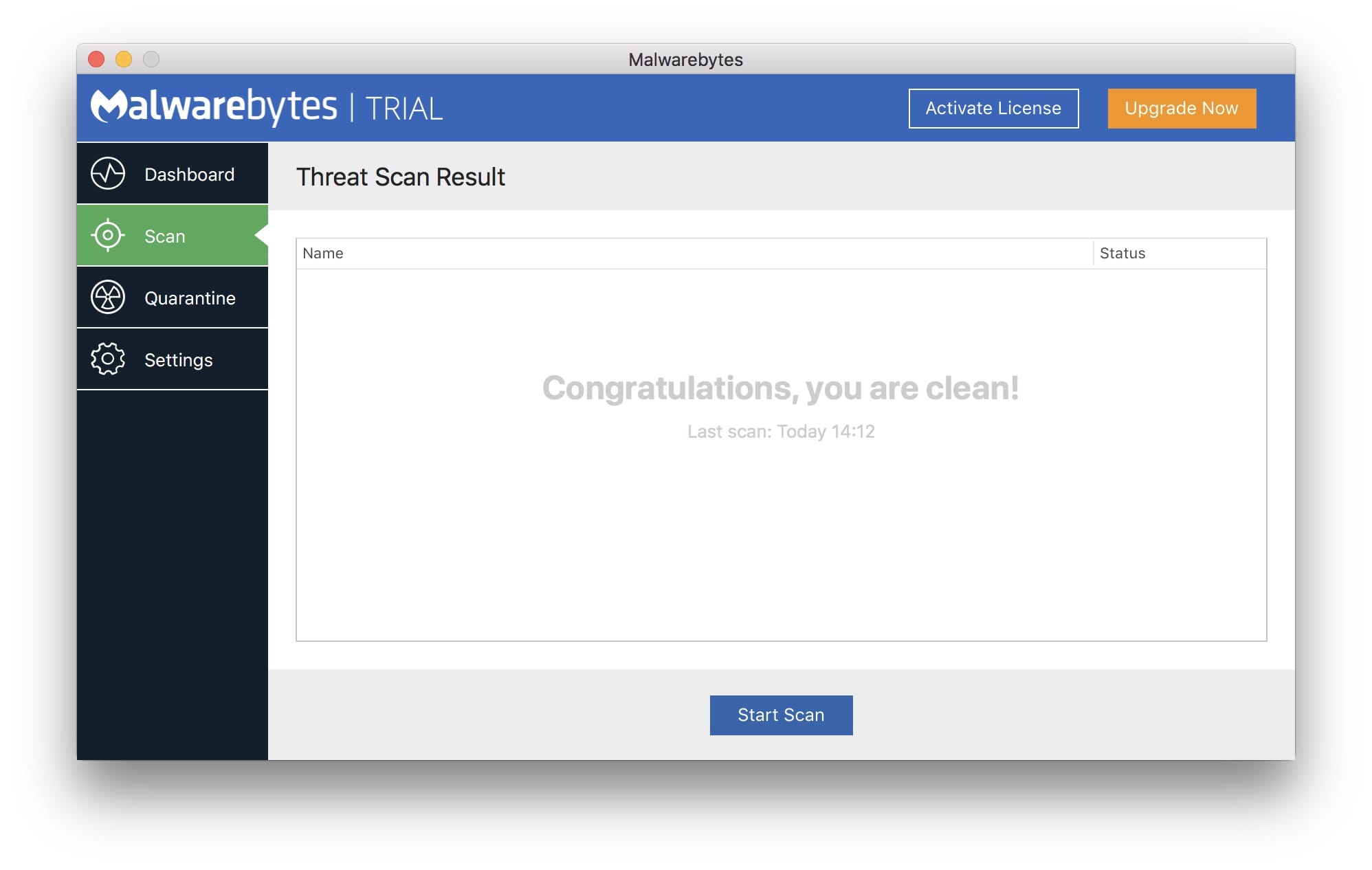

Prodaft researchers describe how they noticed RIG EK RIG dropping multiple types of malware, including stealers, Remote Access Trojans (RATs), cryptocurrency miners, and banking malware. RIG EK has also introduced some newer vulnerabilities while Internet Explorer's market share has continued to drop. It all depends on which cybercriminals pay the RIG EK administrator to install their malware on victim machines. Without many changes to the inner workings of the exploit kit itself, we've seen many changes in the malware distributed. RIG EK has been around since 2014 and, despite many take down efforts, has always managed to make a comeback. Ideally for the exploit kit handler, such attacks occur silently within seconds and they do not require any user interaction.Ī recent report by Prodaft details a wealth of information related to the victim statistics, operation, command and control (C&C) server, and technical aspects of RIG EK. The primary infection method with an exploit kit is a drive-by download attack, when cybercriminals lure potential victims to a site where their browser can be fingerprinted and vulnerabilities can be unleashed to infect the system.

We have observed RIG EK activity via the same malvertising campaigns for the past several years.”Īn exploit kit is a toolkit designed to facilitate the exploitation of client-side vulnerabilities most commonly found in browsers and their plugins in order to deliver malware. One major advantage for the malware distributors behind the exploit kit is that the outdated browser has reached end-of-life (EOL), which means it no longer receives security updates and patches against known threats.Īccording to Malwarebytes’ Senior Director of Threat Intelligence Jérôme Segura: “RIG EK is probably one of the last exploit kits targeting Internet Explorer still around. So no need to keep this "current" version around.Despite a very slim browser market share, Internet Explorer (IE) is still being exploited by exploit kits like the RIG exploit kit (EK). But if you do, that will probably be after it has been updated and there is a new version anyway. Why? Well, hopefully you'll never need it again. If those two things are impossible, then there is a free version of Malwarebytes that can be installed and run once and it will attempt to clear the problem. If that doesn't work, I would take your Mac to an expert, such as the Genius Bar. If you do get malware despite all of these precautions, then I would first look for uninstall instructions online. Just follow some basics when installing software ( ) and also keep in mind that macOS already has anti-malware going on at the system level ( ). Are you having a problem? In general, you don't need any anti-malware software running on your Mac, taking up processor time, power, and handling your files on an ongoing basis.


 0 kommentar(er)
0 kommentar(er)
